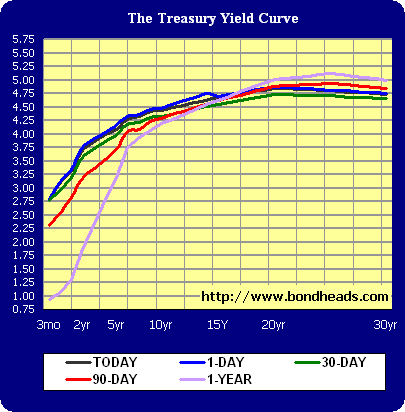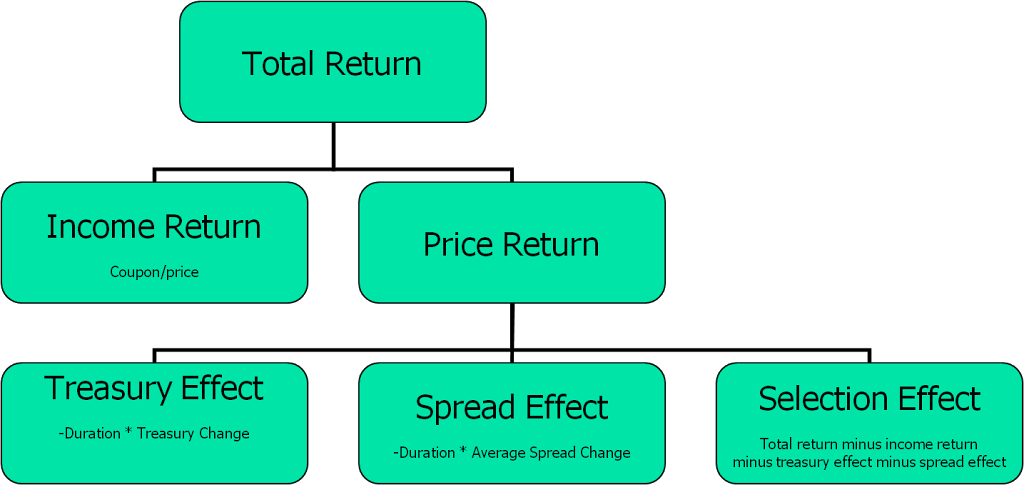
by admin | Sep 25, 2012 | CIPM Exam Tips & Tricks, David Spaulding, ex-post risk, Jed Schneider, John D. Simpson, performance attribution, performance measurement, PMAR, risk, risk measurement, TSG
Read all about the Superheroes of Performance Measurement here!(and yes, that’s me on the left!)

by admin | Sep 8, 2012 | bond prices, Campisi model, CIPM, CIPM Exam Tips & Tricks, CIPM expert, fixed income attribution, performance attribution, performance measurement, risk-free yield curve
The CIPM curriculum does not give much of an explanation of bond pricing in relation to interest rates, so here is a brief primer.Price change on bonds can be explained by how interest rates change during the period.Bonds are a lending agreement: the purchaser...

by admin | Aug 24, 2012 | bond mathematics, Campisi model, CIPM, CIPM Exam Tips & Tricks, CIPM expert, fixed income attribution, performance attribution, performance measurement
For many CIPM Expert Level candidates, fixed income attribution is the most difficult topic. This is evident when I teach TSG’s CIPM prep classes, as we devote an entire afternoon to the subject. Among the three models that candidates are required to...

by admin | Apr 18, 2012 | performance attribution, residuals
One thing I will discuss at this year’s TSG PMAR (Performance Measurement, Attribution & Risk) conferences is the impact of benchmark changes to the attribution residual. While we recognize that the holdings-based model suffers from residuals when...

by admin | Apr 17, 2012 | attribution, performance attribution
On my “to do list” is the task to write an article an article for The Journal of Performance Measurement(R), detailing some of my findings from research I’m doing regarding the impact of trading on the accuracy of the holdings-based...

by admin | Mar 5, 2012 | attribution, money-weighting, performance attribution
Last week I had a post about holdings-based attribution, where I laid the groundwork for future commentary on analysis I’ve been doing on this subject, where I look at the results using both holdings and transaction-based methods. Well, it resulted in comments...









